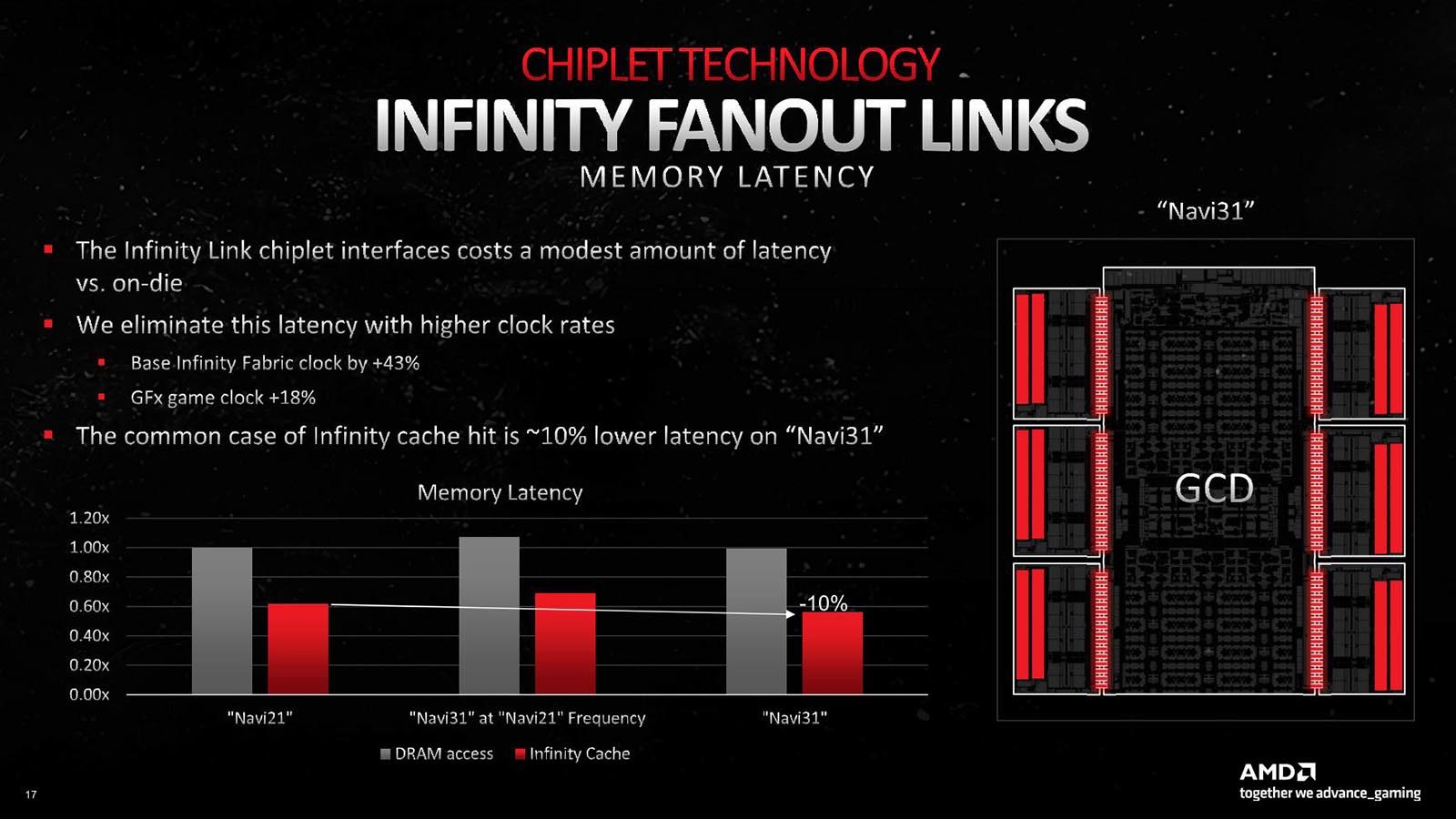Right. Hence why I've said that it's there mostly for GCN compatibility (needed for consoles for the most part) and it remains to be seen if RDNA3 even expose "CU" in any capacity or just goes with "WGP" now as the basic shader processing unit.
In comparison Nvidia has "SM" which consists of 4 processing blocks with 2 SIMDs each all sharing the same L1/LDS. It is essentially the same design now in RDNA but with the capability to "split" WGP in halves to work in CU mode - which isn't really necessary for anything else but h/w level GCN compatibility?
Yeah I mostly have an issue with the confusing naming. The WGP is actually the CU. “CU mode” should really be called GCN compatibility mode. I wonder what mode compute shaders in games usually run under.
Why? That's the vector register file getting 50% increase.
Aside from the register and L0 cache increases and of course dual-issue SIMDs were there any other fundamental changes to the structure of the WGP?

